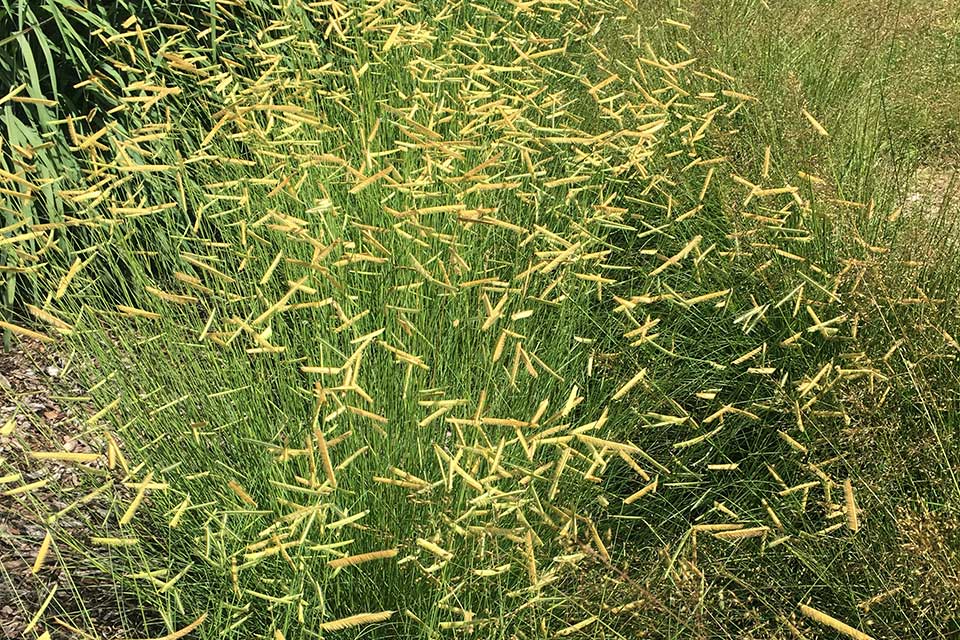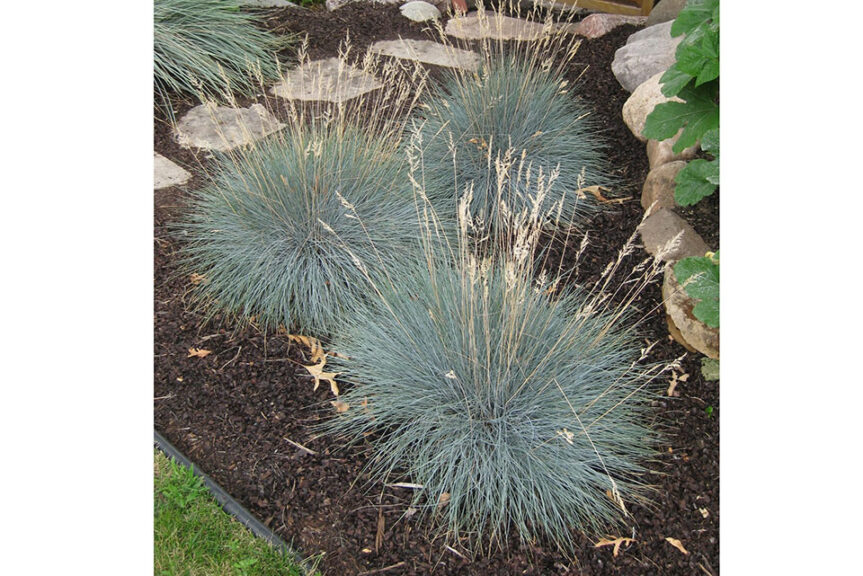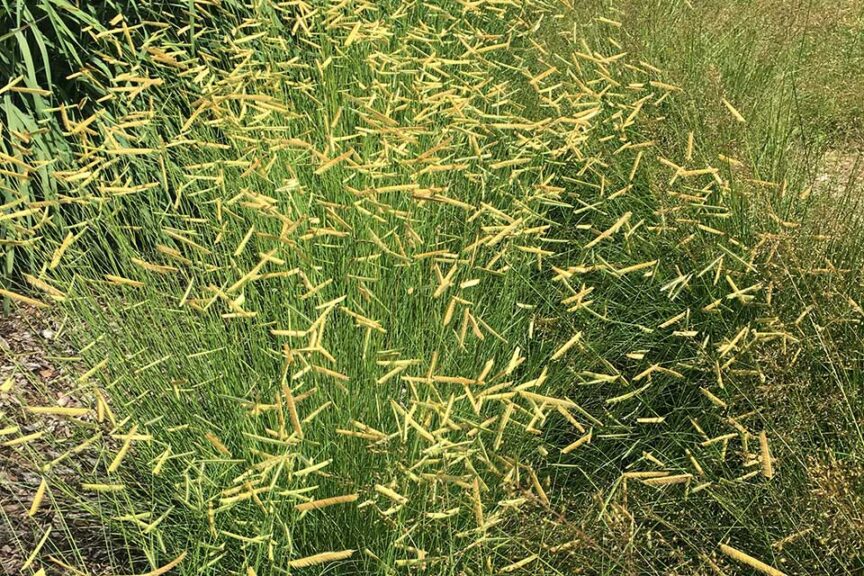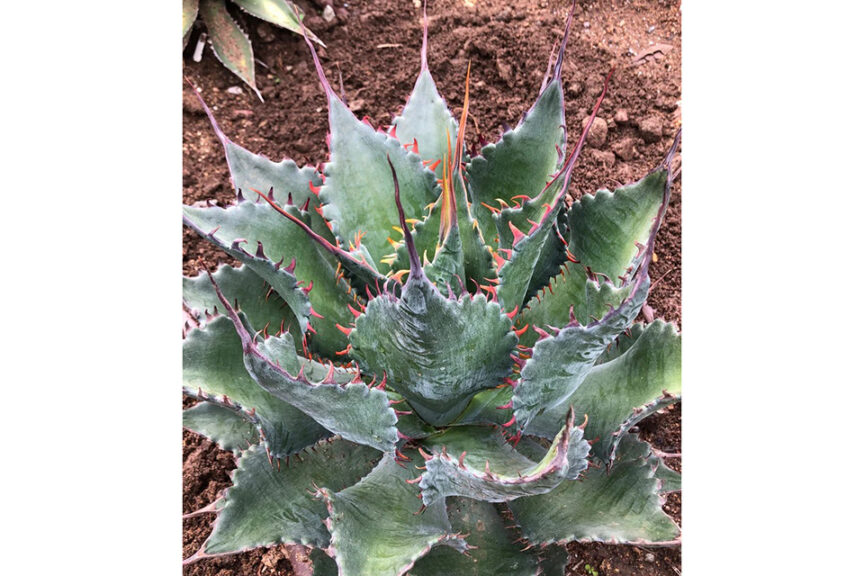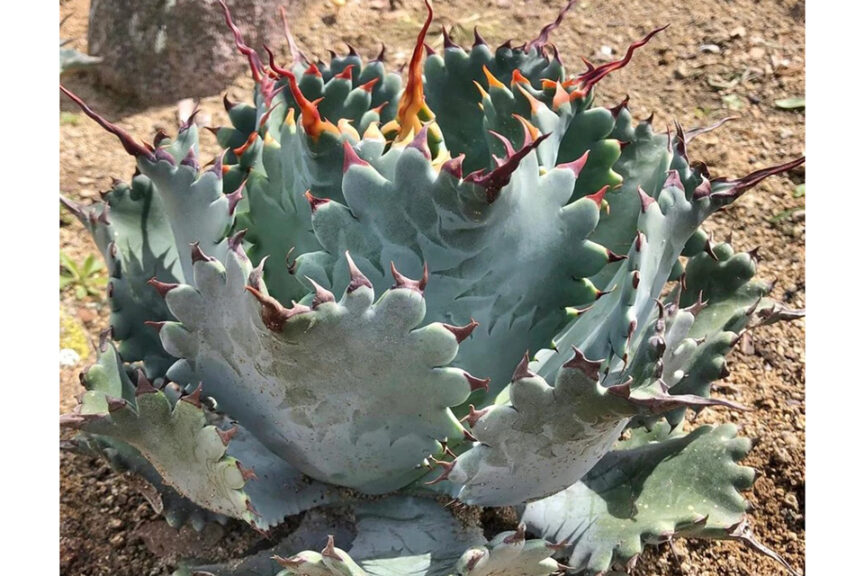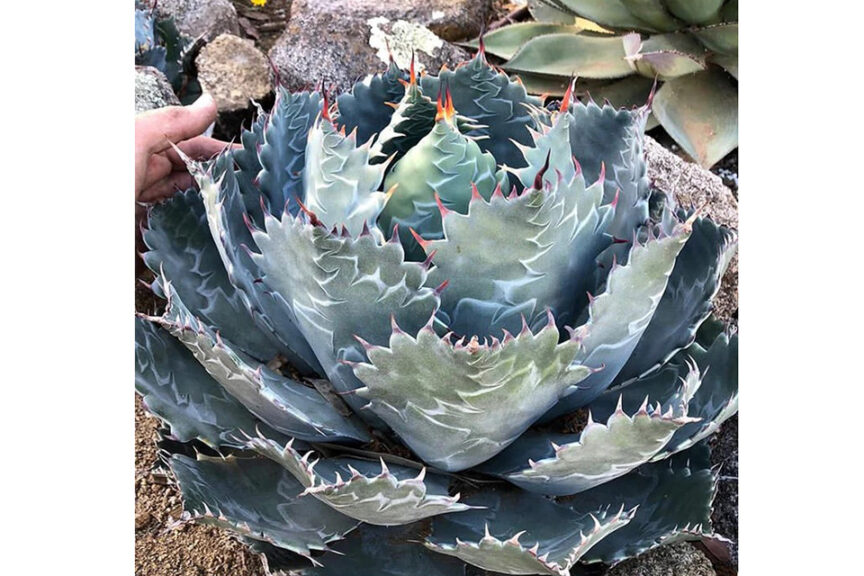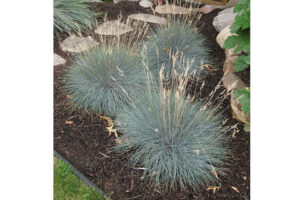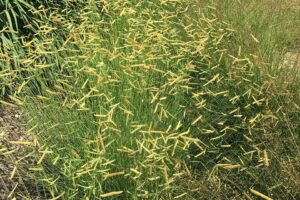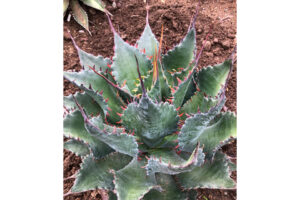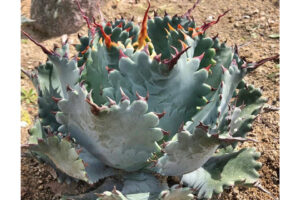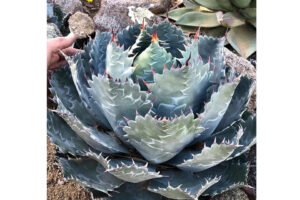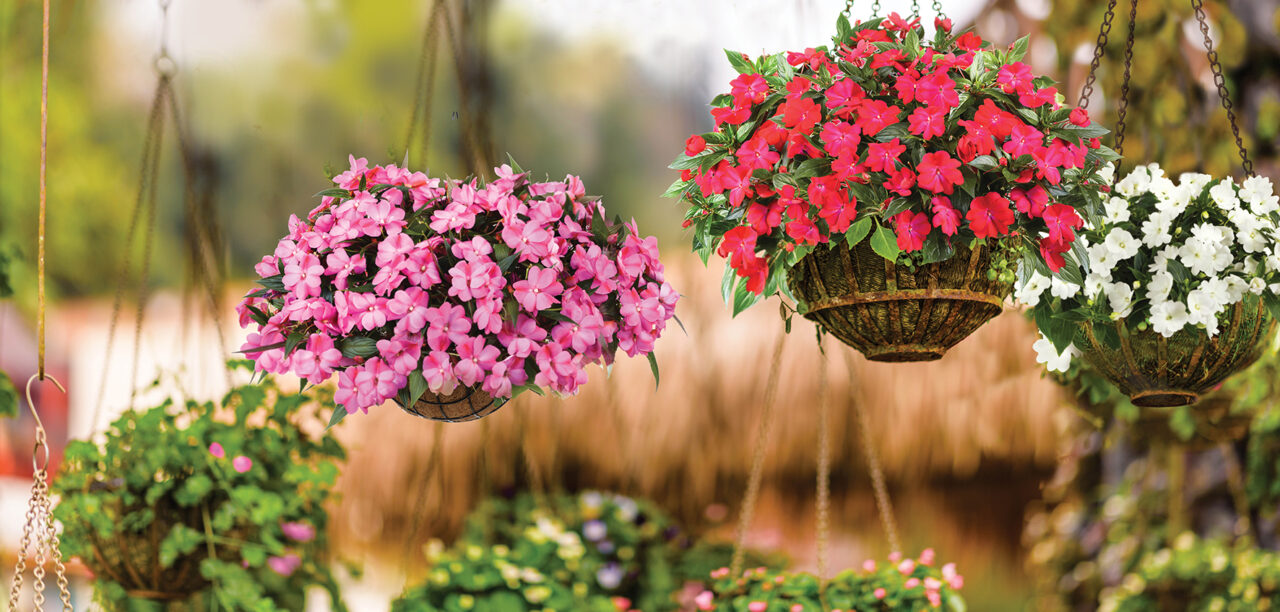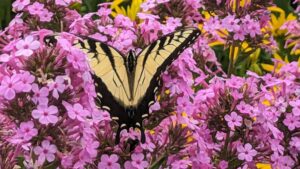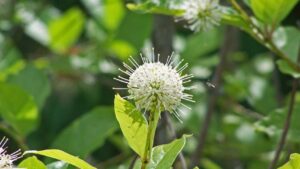Grow Water-Wise Plants Without Compromising Quality
With the headlines and images of this recent winter’s record-breaking and mind-boggling amounts of snowfall in many of the West’s ski towns fresh in our minds, coupled with reports of devastating floods and overflowing rivers, it could be tempting to divert our focus from the importance of water-wise gardening. But let’s not forget that many parts of the country were not nearly as fortunate to receive above average precipitation, with many parts of the South, in particular much of Texas, having experienced a dry winter.
The Colorado River — liquid lifeline to millions of households — continues to be in critical need of conservative water management. What’s more, one record-breaking wet season is merely the proverbial drop in the bucket after a long string of years marked by severe drought. And even if gardeners weren’t motivated by environmental stewardship, the ever-increasing costs of water to maintain thirsty lawns and landscapes are reason enough for the rising popularity of drought tolerant plants that we’ve witnessed over the last decades to carry forward into the foreseeable future.
Add to that the fact that the popularity of drought tolerant plants — particularly succulents — goes beyond gardens and landscapes, into the homes of proud plant parents everywhere. What other plants can you leave neglected and without watering for weeks and still be rewarded with stunning beauty? No green thumbs required. Succulents play undoubtedly a big role in the resurgence of
house plants.
Two pioneering companies with decades of experience in the field, spanning opposite ends of the country, are Rancho Tissue Technologies in Rancho Santa Fe, CA, and Emerald Coast Growers with locations in Florida’s panhandle and Pennsylvania.
Rancho Tissue Technologies’ roots of growing drought-tolerant plants started long before they became trendy, says Heather Hunter May, president of Rancho Tissue Technologies (RTT). Back in the 1950s, her late father, Jerry Hunter of Rancho Soledad Nursery, started collecting and introducing succulents for their beauty, mainly bringing agaves and aloes from Mexico to the U.S. market. Fast-forward to approximately the year 2000, at which point more focus was drawn to the drought-tolerant characteristics of these beauties. Rancho Tissue started propagating agaves in tissue culture, with its first selection, Agave ‘Blue Glow’, having been introduced in 2001, followed by Agave ‘Blue Flame’ shortly after. The program grew by initiating more agaves and aloes in tissue culture, and in 2004 RTT started its own breeding program.
“An important criterion that we’re looking for in our breeding program and selection process is the beauty of these plants,” says May. “We select for color, texture, and the ‘imprint’ on the back of the agave and aloe leaves. This gives beauty from all angles. These plants are truly incredibly beautiful in the landscape.”
Rancho Tissue looks for ease of growth, quickness, beauty, drought tolerance, and heat and cold tolerance when selecting new introductions. Currently the company carries about 200 varieties of drought tolerant plants, with approximately 160 of those being succulents. The company ships worldwide, mostly in 72-count liner trays, but also as micro cuttings. Here are a few of their recent introductions:
• Agave potatorum ‘Spawn’ x isthmensis: A beautiful selection that will add pizzazz and drama to any setting. Its unique, thick, wide leaves add a distinctive and robust look. Curlicued multicolor tips, red teeth, plus a dramatic imprint on the back of each leaf. Mid-sized in growth; ideal for full sun; drought tolerant; a fast grower; hardy to 26°F.
• Agave potatorum x shawii: The striking green leaves touched with frosted white are just a part of what this agave offers. It features red teeth and curvaceous purple long tips on each leaf. Tissue cultured for year-round availability, this agave is sure to be a stunning plant as a stand-alone, one-of-a-kind plant or used in mass plantings. Mid-sized in growth; ideal for full sun; drought tolerant; a fast grower; hardy to 26°F.
• Agave isthmensis x parrasana: This is a glorious new blue agave tissue cultured after being chosen from thousands of seedlings. Impressive imprints appear on the back of each leaf, as well as each leaf having multicolor tips. Mid-sized in growth; ideal for full sun; drought tolerant; a fast grower; hardy to 25°F.
Drought-tolerant Ornamental Grasses
Skipping from California’s west coast to the other side of the country, Emerald Coast Growers is equally pioneering in the quest to bring drought-tolerant plants to the industry. Established in 1991, Emerald Coast Growers trials and grows hundreds of ornamental grass varieties, perennials, and succulents. With their market encompassing all of North America, they’ve learned that selection needs to be specific to each region. Emerald Coast also recognizes that those growing regions differ greatly in need. Some areas are working hard to reduce water consumption applied to landscapes, creating the need for more water-wise solutions. Fortunately, there are numerous ornamental grasses and grass-like plants that are drought tolerant and low-water-need once established; scouting out and introducing those varieties to the market is one of Emerald Coast’s areas of expertise.
According to Paul Babikow, president of Emerald Coast, drought tolerant grasses have always been a staple in their offerings. Over the years, they’ve also added more drought tolerant perennials and succulents to their product mix in response to industry trends and customer demand.
“The demand for drought tolerant plants has grown over the years, with an increasing awareness in finding regionally appropriate plants,” Babikow says. “We’ve seen a shift in product demand west of the Mississippi, emphasizing a bigger focus on finding the right plant for the right place. We grow enough diversity to provide choices for all regions.”
While Emerald Coast Growers is best known for its ornamental grass and perennial selections — offered in liner sizes from economical 128 trays to jumbo 21s — it currently also carries about 60 varieties of succulents. While the choices are plenty, here are two of their favorite drought-tolerant ornamental grasses:
• Festuca x ‘Cool as Ice’: Featuring fine blue foliage with a hint of grey green in spring, ‘Cool as Ice’ has a small tight habit with better heat tolerance than other fescue. Tolerates light shade, but best foliage color is in full sun. ‘Cool as Ice’ is considered to be drought-tolerant, and thus makes an ideal choice for a low-water garden or xeriscape application. Hardy in Zones 4 to 8. Mature height of 12 to 18 inches.
• Bouteloua gracilis ‘Blonde Ambition’: This native selection adds an extra dash of brightness to even the sunniest locale. The straight species, Bouteloua gracilis, is known as blue grama grass for its glaucous foliage and petite purple blooms. ‘Blonde Ambition’ ups the ante with a showy mane of 2-inch long chartreuse blooms on stiff stems. In constant motion in even the slightest breeze, the blooms mature to pale blonde seed heads. Landscapers can deploy it as a specimen, or in impressive sparkling masses. ‘Blonde Ambition’ offers excellent drought tolerance and can handle a wide range of soil conditions. Hardy in Zones 4 to 10. Mature height of 36 inches.
Even though water may be scarce in some regions, drought tolerant plants are plentiful. For more information, visit ecgrowers.com and ranchotissue.com.



